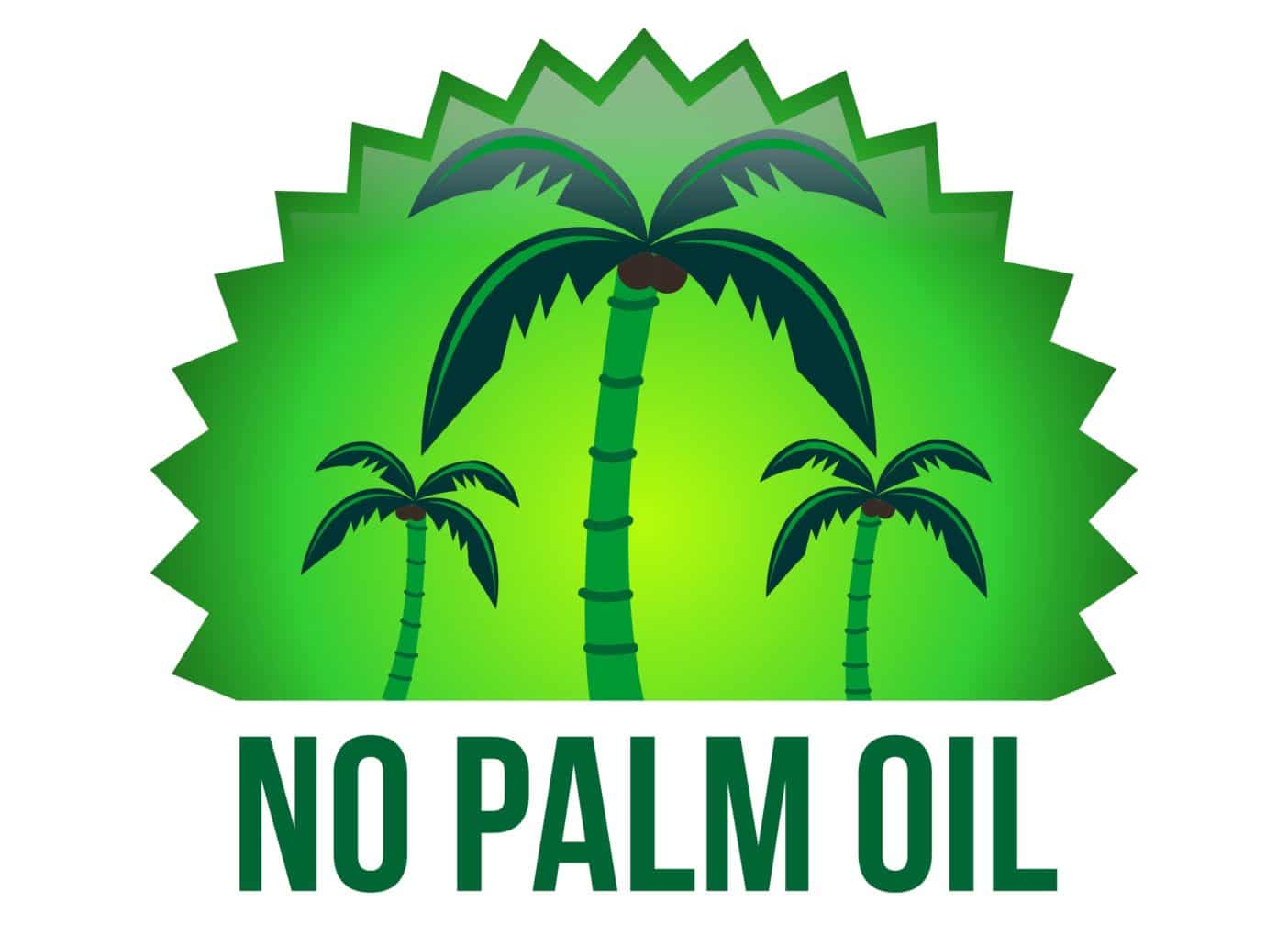Cosmetics without palm oil

Palm oil-free cosmetics are on the rise
The production of palm oil has increased dramatically in recent decades. More than 50 per cent of all products sold in supermarkets now contain either palm oil or palm oil derivatives. Whether in food, cosmetics or cleaning products, the oil from the fruit of the oil palm is omnipresent. However, huge areas of tropical rainforest have to be cleared for the cultivation of oil palms, as the palms only thrive in the warm and humid areas near the equator. So in South-East Asia, Latin America and Africa, parts of the rainforest are disappearing day by day to create enough space for the gigantic plantations to cover the global consumption of 60 million tonnes of palm oil per year. Indonesia, for example, is planning to expand the area under oil palm cultivation to 20 million hectares over the next few years. Among other things, deforestation poses a serious threat to biodiversity, as animal species such as the orangutan, the Borneo pygmy elephant and the Sumatran tiger are disappearing at the same time as the forests. But can the use of palm oil be avoided? And are there actually cosmetics without palm oil?
Cosmetics without palm oil: yes or no?
In principle, palm oil does have positive properties. It is rich in vitamin E and carotenoids, which are a precursor of vitamin A. Palm oil is also relatively cheap, as the oil palm produces relatively high yields even on small areas of land. Considering the rapid population growth, this aspect is very important. Palm oil also scores highly in the food industry due to its fatty acid composition. Cosmetics without palm oil therefore do not necessarily have to be of higher quality.
Palm oil-based cosmetic raw materials are often used as surfactants or emulsifiers in cosmetics production. It is therefore hardly possible to remove them from cosmetic formulations without replacement (!); other oils and derivatives would have to be used instead. Alternatives could be raw materials based on sunflower, rapeseed and olive oil, for example. In principle, high-quality cosmetics without palm oil are therefore perfectly feasible. Nevertheless, the question naturally arises as to whether palm oil can also be produced sustainably and whether palm oil-free cosmetics are a “must”.
Different qualities are available
Within the supply chains, there are already various trading options for sourcing sustainable palm oil. These options stipulate that the palm oil is produced on certified and audited plantations. One of these trading options is called “segregation” (SG). Here, sustainably certified palm oil is separated from non-sustainably certified palm oil throughout the entire supply chain. However, the goods can come from several certified plantations and be mixed together. Independent certification bodies monitor compliance with the correct product flow.
Manufacturers of end products can therefore be certain that the palm oil has been rigorously tested and checked for sustainability along the entire supply chain. This option is particularly suitable for the use of pure palm oil. However, certified, segregated palm oil is often not yet available in sufficient quantities. A different process is therefore usually used for derivatives: Mass Balance.
With the mass balance option, sustainable certified palm oil is mixed with non-certified and conventional palm oil. Naturally, the proportion of certified goods is strictly controlled and recorded in the accounts. The aim of this process is to increase the proportion of sustainable certified palm oil as quickly as possible. The mass balance model ensures that sustainable goods are recognised at every stage of the supply chain.
If the certified and conventional palm oil are not physically separated, this ensures uncomplicated and simple trade within the supply chains. Anyone who cannot imagine cosmetics without palm oil has the option of using these and other options.
There is also the “Roundtable on Sustainable Palm Oil” (abbreviated to RSPO), which was founded in 2004 and includes traders, palm oil growers, consumer goods manufacturers and non-governmental organisations. The RSPO ensures a minimum standard for the cultivation of palm oil, but is not an eco-label or an advocate of palm oil-free cosmetics. It is in favour of doing more for human rights and nature conservation on palm oil plantations on a voluntary basis than is currently required by law. However, the RSPO is also repeatedly criticised.
The principles and criteria are said to leave a great deal of room for interpretation and form a rather fragile basis in countries that are characterised by weak governance and corruption, for example. There are also many concerns that the RSPO standards do not take adequate account of environmental and social problems. Cosmetics without palm oil are therefore becoming increasingly important.
The seal for palm oil-free cosmetics
Anyone who wants to offer cosmetics without palm oil can join the Palm Oil Free campaign and have their products labelled with a corresponding Palm Oil Free logo. The logo informs the consumer that the desired cosmetics do not contain palm oil. In this way, the company is signalling its responsibility and strengthening its marketing approach, especially as more and more consumers are opting for cosmetics without palm oil. The aim of “Go Palm Oil Free” is to use products such as palm oil-free cosmetics to raise awareness of the precarious situation of endangered animal species, which are increasingly losing their habitat due to ever-growing palm oil plantations. The rainforest and its wild animals are to be protected by a complete renunciation of palm oil, which also includes palm oil-free cosmetics.
Cosmacon can also develop cosmetics without palm oil
Have you decided to sell cosmetics without palm oil? We are happy to help you with the development and implementation!